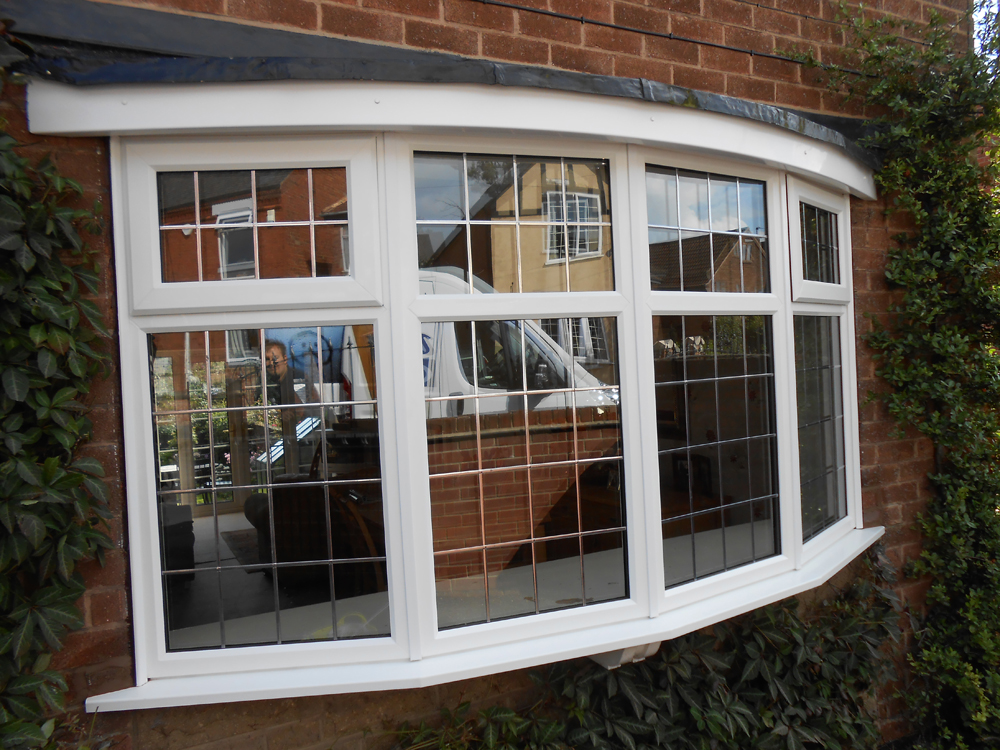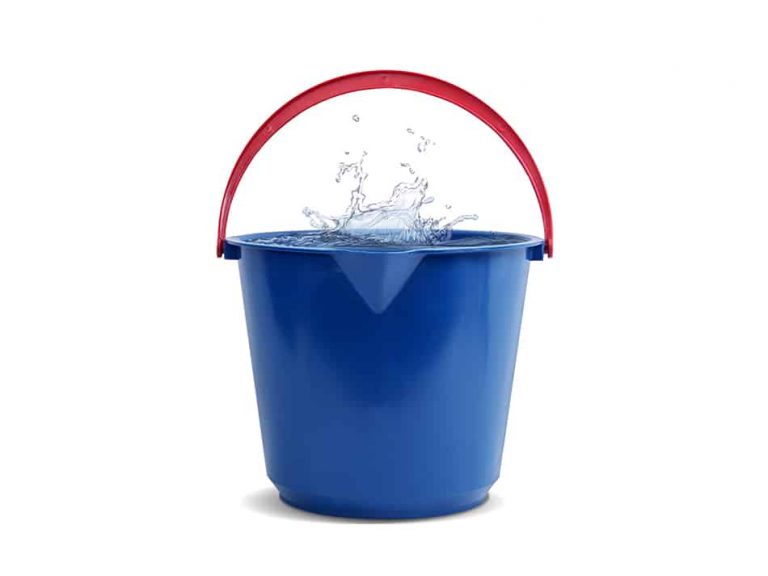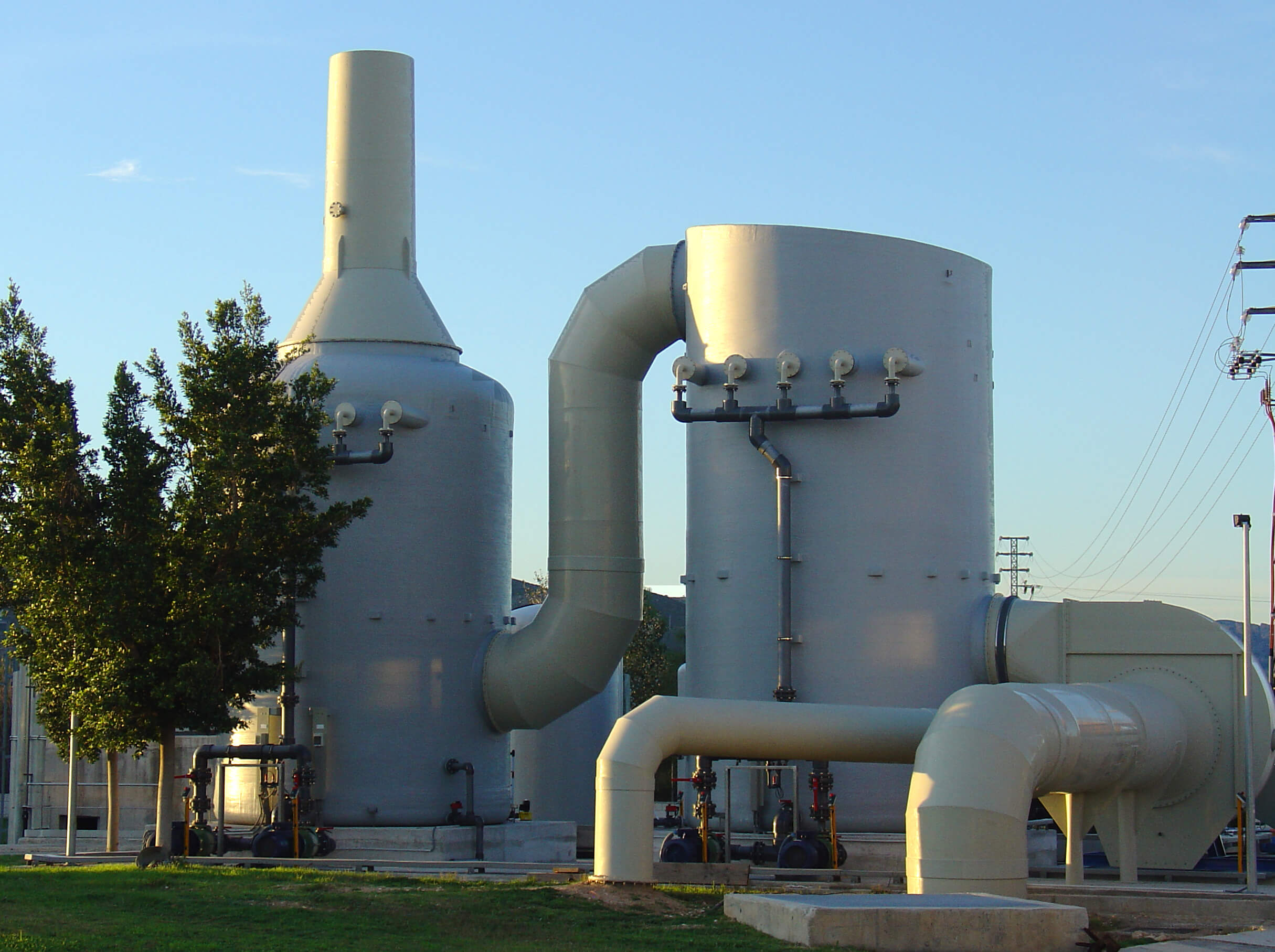Table of Content
Contact an HVAC professional to handle this tough job efficiently. This type of insulation can be sprayed, formed in or injected as a liquid that will then harden and expand. It costs more upfront, but it will save you money later on in weatherizing costs. Check with a professional to see what type of insulation is appropriate for your home.
To arrange a consultation and start enjoying the energy-saving advantages of expertly placed, custom-fit insulation, contact us right away. If you’re looking to keep prices down, this is an excellent alternative because it’s also one of the most readily available and cost-effective insulation methods. We’ve compiled a thorough list of the best insulation options that are suitable for both new and vintage mobile homes.
Form Board or Rigid Foam
The most common types of materials used for loose-fill insulation include cellulose, fiberglass, and mineral wool. All of these materials are produced using recycled waste materials. Most fiberglass products contain 40% to 60% recycled glass.
Blown fiberglass is a type of blown-in insulation or loose-fill insulation. It’s a great choice for attics and ceilings and works well to fill walls and other small, hard-to-reach areas. If you want to soundproof your walls from the inside, then you may have to tear down some drywall to install your insulation. Otherwise, you can soundproof walls from the outside by using acoustic panels.
Mineral Wool
A mobile home’s thinner walls are perfect for spray foam insulation because of their excellent ability to fit into small spaces. The most common type of insulation method for mobile homes is fiberglass insulation. In addition, open cell spray foam is also a great choice and can be sprayed straight into the rim joist and onto the skirting. Types of rigid foam board insulation include EPS , XPS and polyisocyanurate.

Our HVAC experts can remove your old insulation and install new insulation for you. Additionally, we use a special type of blown-in insulation that not only insulates your home, but also keeps pests out. The higher an insulation’s R-value is, the better your home’s energy efficiency and climate control are. However, you should be careful while installing this kind of insulation for your home because they can affect your lungs and skin. The best idea is to stay away from the place during installation.
How to insulate under a mobile home
Blown-in insulation is placed similarly to spray foam insulation by employing specialized machinery to blow the insulation into the space. There are particular difficulties with mobile houses and trailers. For instance, since reducing weight is a priority, wall studs in mobile homes are frequently smaller than those in traditional homes.
Common types of loose-fill and blown insulation include fiberglass/mineral wool and cellulose. Cellulose is made of ground-up newspaper that has been treated with fire retardant. An insulation professional can help you determine the best types of insulation to use in your home. This method is known for its reliability and effectiveness, with foam boards’ R-value coming in between R-4 and R-6.5 depending on the thickness and quality of the material. X 4 ft. x 8 ft. polystyrene foam board with an R-value of about for will run you around $14.
Insulation Basics
It is also used when there's a need for insulation that can withstand high temperatures. These products come in a range of thicknesses from 1 inch to 2.5 inches. Radiant barriers are more effective in hot climates, especially when cooling air ducts are located in the attic. Some studies show that radiant barriers can lower cooling costs 5% to 10% when used in a warm, sunny climate. The reduced heat gain may even allow for a smaller air conditioning system.

If you own a mobile home, you might be wondering what type of insulation is used under one. Due to their accessibility and cost, mobile houses have recently gained immense popularity. However, a lot of mobile homeowners have never given any thought to how well insulated their house is.
Is effective, it can be difficult to install and requires professional help when installing in windows or doors because not all window frames have enough space for both boards. Soundproof insulation is any type of insulation that greatly reduces sound between walls. This insulation is usually thick enough to absorb noise before that noise can pass from one room to the next. However, not all types of soundproof insulation use absorption alone. Some types of soundproof insulation and insulation alternatives provide sound damping or diffusion instead. This means that they bounce the sound away from the next room instead of absorbing it.

If your current insulation is only 5-inches deep, you’ll need to add seven inches of insulation to achieve the 12-inch R-38 rating. When choosing insulation for your home, it is important to consider your climate, budget, and the type of construction you are doing. VIPs can be used in both new construction and existing homes. Hiring an insulation company is an excellent idea when you are planning a home remodeling project. A quality insulation job is one of the best investments you can make for your property. You will be able to enjoy a lower energy bill while protecting the environment.
Spray foam is one of the strongest but messiest types of insulation. It helps fill air gaps, reduces drafts, and is easy to spray into hard-to-reach places. That said, there are a couple of ways that you can reduce that noise.
Windows, being thinner than walls, are some of the least soundproof parts of a home. A soundproofing solution for your windows may provide quiet without requiring a huge DIY project. Similar to moving blankets, acoustic blankets are bigger, thicker, and heavier than regular blankets. They’re filled with noise-blocking materials and can make a great choice for temporary soundproofing needs.
Spray foam insulation gets into hard-to-reach areas and has a higher R-value than other types. Radiant barriers are both DIY- and budget-friendly and have proven effective in the attics and garages of homes located in warm climates. The R-value of blown-in insulation varies, with fiberglass coming in around R-2.2 and cellulose coming in around R-3.8. This project is DIY-friendly, though it will require you to rent an insulation blowing machine. Department of Energy, at least half of our home energy usage is consumed by our heating and cooling usage. If you’re a homeowner, you know just how detrimental the energy bill can be on your wallet.


No comments:
Post a Comment